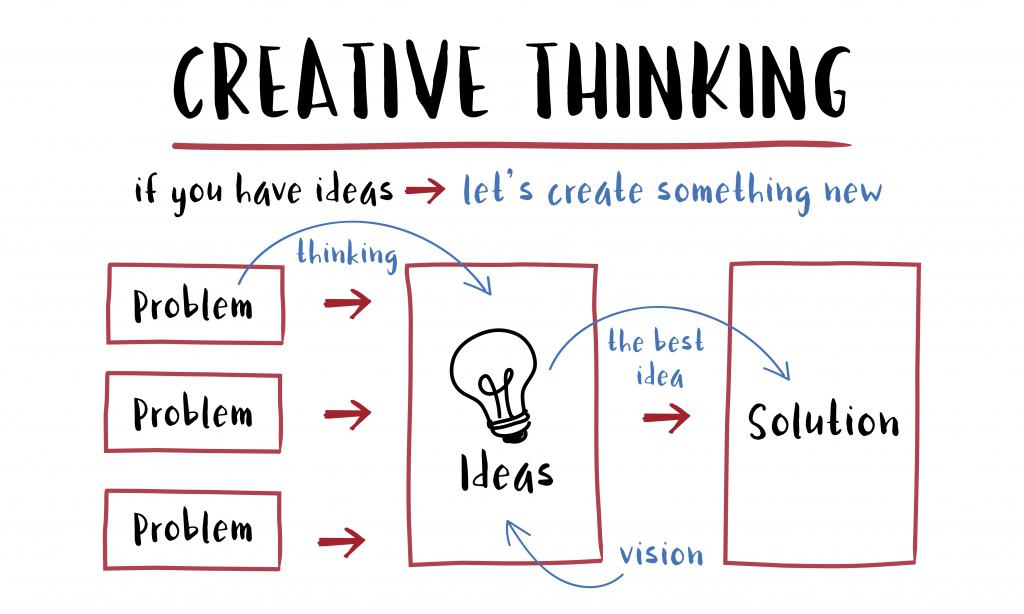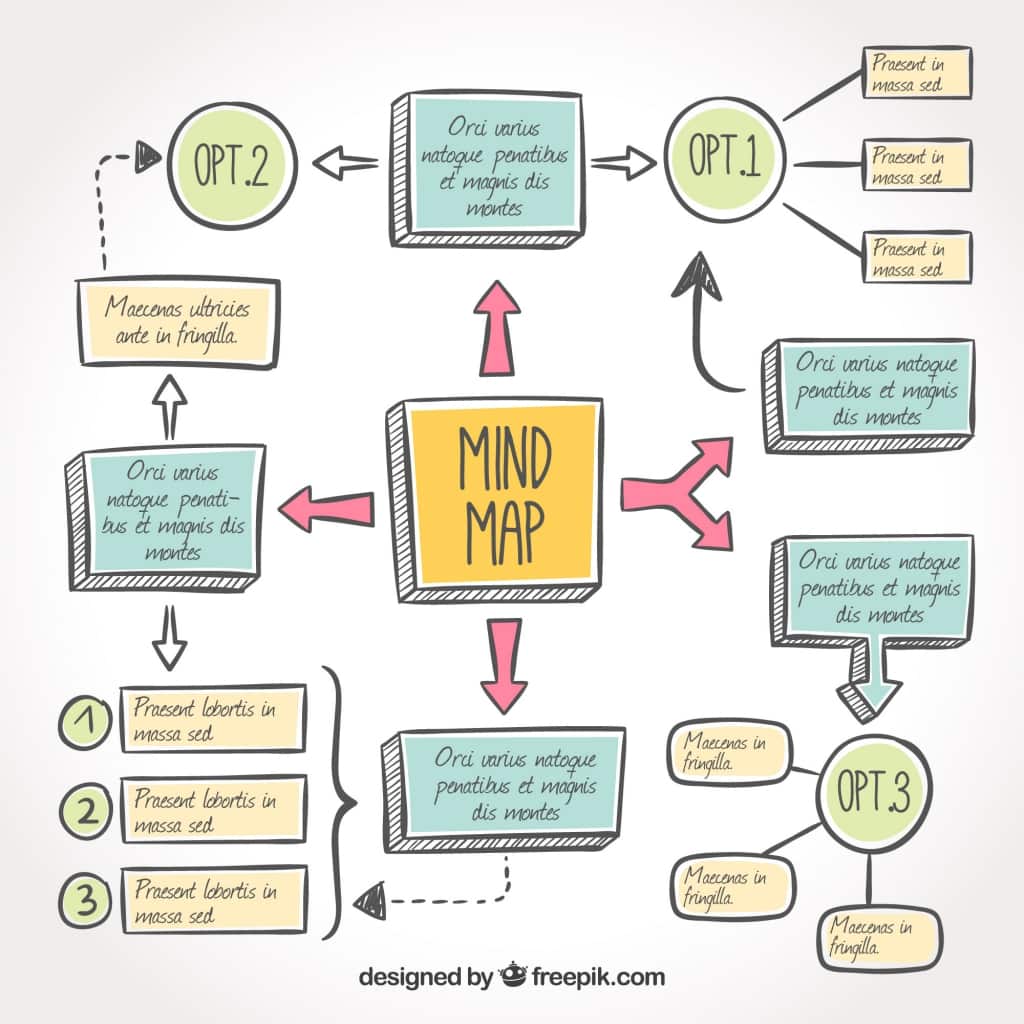Have you ever wondered why certain individuals excel at innovative problem-solving and creativity? Well, it's all thanks to their hidden asset: creative thinking skills!
If you're curious about what creative thinking skills entail and why they hold such importance, you've landed in the perfect spot. In this article, we'll delve into the world of creative thinking skills, covering their definition, the different types of creative thinking, how to apply them effectively, and simple strategies to cultivate and enhance your creative thinking prowess.
Get ready to unlock your imagination and tap into the power of creativity!
Table Of Contents
- What Are Creative Thinking Skills?
- Why Do Creative Thinking Skills Matter?
- What Are The 7 Characteristics Of Creative Thinking?
- 5 Types Of Creative Thinking Skills
- Creative Thinking Skills Examples
- How To Develop Creative Thinking Skills?
- Key Takeaways
- Frequently Asked Questions

More Inspirations with AhaSlides

Looking for More Fun During Gatherings?
Gather your team members by a fun quiz on AhaSlides. Sign up to take free quiz from AhaSlides template library!
🚀 Grab Free Quiz☁️
What Are Creative Thinking Skills?
Creative thinking skills are the mental abilities and techniques that empower individuals to generate innovative ideas, find unique solutions to problems, and approach challenges with fresh perspectives. In simple terms, creative thinking skills are your toolkit for creativity, helping you tackle challenges with originality and flair.
Why Do Creative Thinking Skills Matter?
According to a LinkedIn Learning report, creativity was the crown jewel of soft skills sought after by job applicants not just in 2019 but also in 2020. Here's why you should harness the magic of creative thinking skills:
- They help you tackle challenges with fresh perspectives, leading to more effective and innovative resolutions.
- They drive innovation, whether in science, technology, arts, or business. It's the engine behind groundbreaking inventions and novel ideas.
- In our fast-paced world, adaptability is crucial. Creative thinking skills help you to be more adaptable because they can generate new ideas and strategies when faced with change.
- In the professional world, creative thinking is highly valued. It can lead to career growth, as it enables individuals to stand out, solve complex problems, and drive innovation within organizations.
- Creativity enhances the quality of life by enriching experiences, fostering self-expression, and offering a unique lens through which to view the world.
What Are The 7 Characteristics Of Creative Thinking?
Here are 7 characteristics of creative thinking:
- Open-Mindedness: Creative thinkers embrace new ideas and viewpoints without judgment, fostering an environment where innovation can thrive.
- Curiosity: They possess a natural curiosity that drives them to explore, question, and seek out new knowledge and experiences.
- Imagination: Creative thinkers have vivid imaginations that allow them to envision possibilities beyond the ordinary.
- Risk-Taking: They are unafraid to take calculated risks, knowing that failure can be a stepping stone to success.
- Flexibility: Creative individuals adapt to changing circumstances and are open to shifting their strategies or ideas as needed.
- Persistence: They exhibit determination and perseverance, pushing through challenges and setbacks to reach their creative goals.
- Collaboration: Creative thinkers often collaborate with others, recognizing that diverse perspectives can lead to more innovative solutions.

5 Types Of Creative Thinking Skills
Let's explore various types of creative thinking skills
#1. Divergent Thinking
What is divergent thinking? This is your "brainstorming mode." It's the skill of generating many different ideas or solutions to a problem. Imagine it as casting a wide net to catch as many creative fish as possible.
#2. Convergent Thinking
This is your "decision-making mode." It's about narrowing down those ideas and finding the best solution through logic and analysis. It's like sifting through those creative fish to find the prized catch.
Divergent and convergent thinking complement each other, helping you explore a broad range of possibilities and then select the most promising ones.
#3. Lateral Thinking
Lateral thinking is all about approaching problems from unconventional angles, thinking "outside the box," and considering unexpected solutions.
#4. Systems Thinking
What is systems thinking? Systems thinking involves looking at problems as part of a larger interconnected system, considering how different components affect each other.
#5. Visual Thinking
Visual thinking utilizes diagrams, mind maps, and sketches to represent and organize ideas visually, making complex concepts more accessible and fostering creativity.

Creative Thinking Skills Examples
Here are simple examples of creative thinking skills applied in different areas:
At Work
- Problem-Solving: Finding a new approach to increase efficiency in a production process.
- Innovation: Developing a novel marketing campaign to attract a wider audience.
- Adaptability: Adapting to changes in customer preferences by creating a unique product line.
In Education
- Imagination: Encouraging students to write and illustrate their own imaginative stories.
- Critical Thinking: Analyzing a historical event from various perspectives to foster critical thought.
In Everyday Life
- Communication: Crafting a heartfelt and creative birthday card for a loved one.
- Decision-Making: Finding creative ways to budget and save money for a family vacation.
- Problem-Solving: Fixing a household item using unexpected materials.
How To Develop Creative Thinking Skills?

Developing creative thinking skills can be an exciting journey. Here's how you can enhance these skills:
#1. Play Lateral Thinking Puzzles
Solve a variety of lateral thinking puzzles regularly to train your brain to think outside the box. Challenge yourself to find unconventional solutions to everyday problems.
#2. Exercise Analytical Reasoning Questions
Engage in analytical reasoning questions exercises and brain teasers that require creative problem-solving. Practice approaching problems from different angles to expand your thinking.
#3. Visual Communication
What is visual communication? Explore visual communication through art, design, and multimedia. Experiment with creating visually compelling content to convey messages effectively and artistically.
#4. Creative Writing
Enhance your creative writing abilities by consistently crafting stories, poems, or essays. Give your imagination the freedom to wander and explore various writing styles and genres. If you're new to this art, take inspiration from creative writing examples to guide you along the way.
#5. Use Creative Tools
Utilize creative thinking tools like mind maps, brainstorming apps, or AhaSlides to organize and visualize your ideas.
#6. Seek Inspiration
Surround yourself with diverse sources of inspiration, such as books, art, nature, and new experiences.
Incorporate these activities into your daily routine to foster creative thinking. Remember, like any skill, creative thinking improves with practice and exploration.
Key Takeaways
The journey of developing creative writing skills is a rewarding exploration of one's imagination and expression. To elevate your brainstorming and creative thinking to the next level, take advantage of AhaSlides features. This powerful tool can be your partner in unlocking new dimensions of creativity. So, keep writing, keep innovating, and embrace the boundless possibilities of your imagination with AhaSlides!
Frequently Asked Questions
What are the 5 creative thinking skills?
Problem-Solving: The ability to find unique solutions to challenges. Innovation: Thinking creatively to generate new ideas and concepts. Imagination: The capacity to envision and create imaginative concepts. Communication: Expressing ideas and visions effectively. Adaptability: Being flexible and generating new strategies in changing situations.
What are the 7 characteristics of creative thinking?
Open-Mindedness: Welcoming new ideas and perspectives. Curiosity: A strong desire to learn and explore. Imagination: The ability to visualize and create. Risk-Taking: Willingness to venture into uncharted territory. Flexibility: Adapting to different situations and viewpoints. Persistence: Staying committed to creative endeavors. Collaboration: Working with others to generate innovative ideas.
Why are creative thinking skills important?
Creative thinking skills matter because they enable individuals to solve problems effectively, drive innovation, adapt to change, communicate ideas persuasively, foster personal growth, advance careers, and enhance the quality of life by adding a unique perspective to experiences.
Ref: BetterUp | Rock Content








